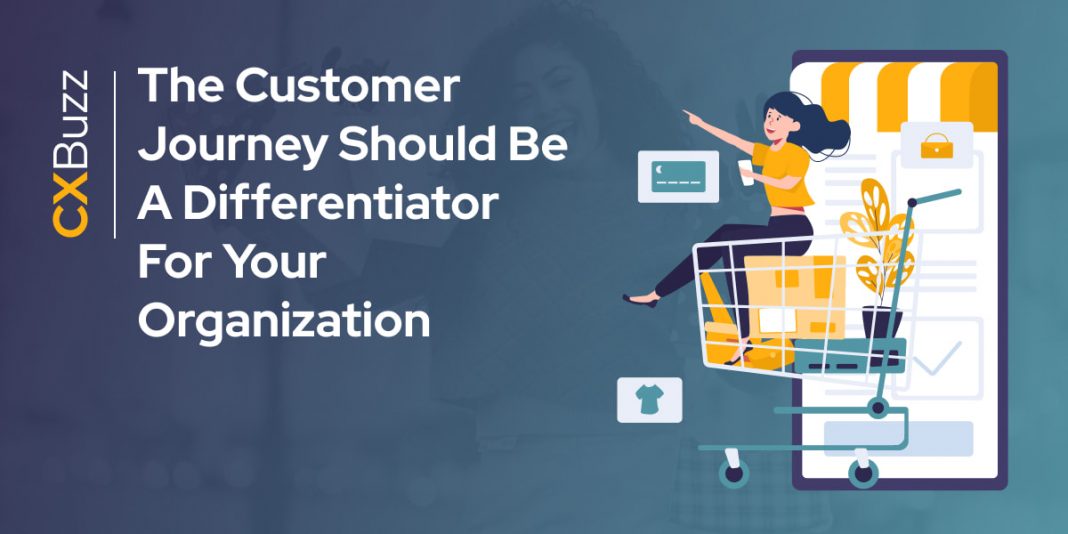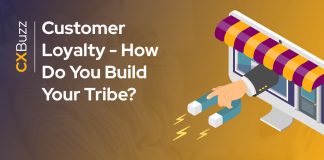Why Customer Journey Should be a differentiator for your organization
Why you ask? Because the journey sets the stage for the entire customer experience and value they will receive from your product and partnership.
The customer journey mapping process should be done in-depth, end-to-end with all customer personas in mind, including end-users, leaders, program owners, decision-makers, and administrators. The ideal experience should be mapped without thought for obstacles or challenges. Once the ideal is identified, you should then work on how to close the gaps and what intermediate solutions exist. Take care, however, to get a commitment on closing the gaps, or your intermediate solutions will become the long-term ones!
In thinking about what the future of CS and CX will look like, we need to consider there will be a significant amount of automation and computer intelligence to leverage across the customer journey. These will contribute to scale and personalization in parallel so that the human touch continues to evolve to activities that are increasingly more value add for your customers. As we think about technology, you should continuously revisit your journey mapping to uncover areas where you can automate more of the experience while ensuring CSMs have an opportunity to play a more strategic role in the relationship.
Automation & Customer Journey
Automation should be applied to Success Plans to drive efficiency and consistency. Key outcomes can be flagged when off track, and the CSM can take proactive action to partner with the customer to get back on track. Also, Playbooks can be automated to ensure CSMs are nudged at key points in the customer journey to add value, such as when new product functionality is released.
Leveraging the journey map as the foundation for deliverables and measurement allows you to establish greater automation in the entire journey. Well-defined Success Plans and Playbooks lead to leveraging technology in a way that drives internal efficiency and greater customer value at the same time. In addition, the technology can summarize data and trends and turn them into insights that CSMs can proactively leverage, and even better PREDICT customer needs.
Speaking of prediction, a crystal ball for predicting customer needs is not that far off into the future. Centralizing customer data and leveraging AI to predict customer needs will mean a much more proactive and strategic role can be played by CSMs. Customer intimacy, which is knowing your customers better than anyone else and delivering what they need, when they need it, in a way that they want it (and ultimately even before they know they need it), will be even easier to achieve than it is today.
CSMs will have an opportunity to focus on delivering even greater customer value by leveraging individual customer insights to link to customer business performance. Something that is really challenging to do today will become easier with technology in that the linkage of usage of your product or service will be more easily tied to actual customer business outcomes. Some outcomes can be generalized by industry or simply through the value proposition of your product or service, but some outcomes can and should be customer-specific, and that is where the deeper customer value and personalization lie.
Future Vision Story: Imagine if you will, you are working with a large retail organization. Your product focuses on measuring customer satisfaction. This customer has three years’ worth of customer satisfaction data, and with an algorithm set to compare satisfaction trends with store location, store manager, employee engagement, and employee turnover, you can understand specifically what is accounting for increases and decreases in customer satisfaction levels. This allows you to guide your customer toward action that will have the most significant positive impact on customer sat and ultimately drive greater revenue, increase brand awareness, decrease employee turnover, etc.
This is an example of the power of AI applied to Customer Success! The CSM leverages the insights for this specific customer and can proactively recommend actions and changes that will help increase results. Having these insights and being able to guide the customer in their unique situation ensures the CSM is not just a “vendor” (hate the V-word!) but a strategic trusted advisor and partner. This, in turn, leads to goodness for your own company…retention of this customer, a strong advocate and reference, and also growth via your other product/service offerings.
As a function and/or team in organizations that are customer first, CS continues to evolve into a strategic imperative for businesses. At the same time, technological advances are helping accelerate this transformation.
I’ve talked with others in CS about the power of predictive insights for the past few years, but we’ve never been as close as we are now to being able to fully utilize this capability (without tons of manual work, that is). Data Scientists are becoming more prevalent in CS, but their job is still not optimized by technology.
With robust customer success platforms focused on centralizing customer data, we are now in a better position to leverage AI for the power of predicting customer needs. And, many legacy customer success software companies, as well as startups, are investing more in this space.
I believe with these advancements in technology, particularly AI applied to customer data, organizations will be able to differentiate their customer journey and ultimately overall customer experience with 5 P’s: Playbooks that are Predictive, Prescriptive, Proactive, and Personalized.
Combined, the 5 P’s will drive fantastic customer experiences at scale, allowing companies to WOW their customers across all segments while maintaining healthy delivery margins. This is a win-win for customers and businesses.
Conclusion
CS organizations that embrace this approach with their customer journey will differentiate themselves both internally, in terms of key business results, and externally in terms of brand and customer loyalty.






